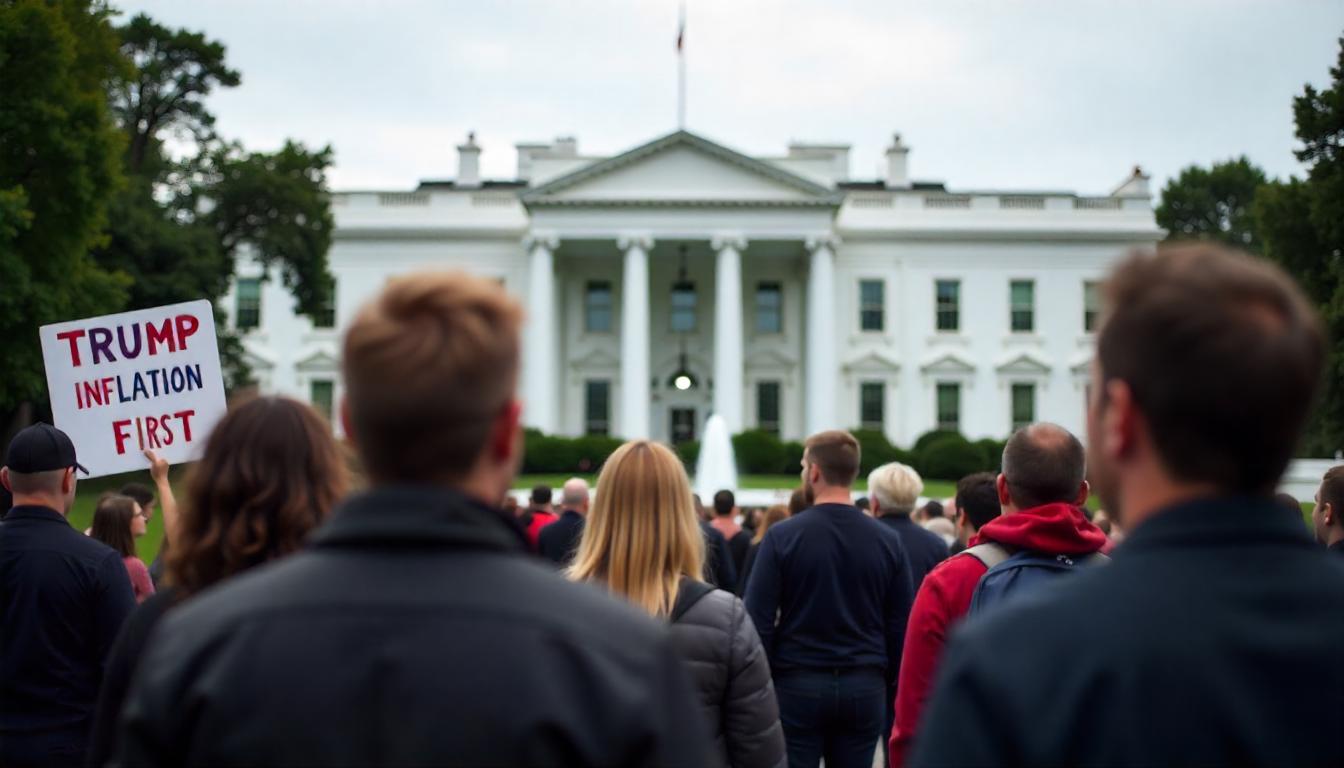Trump’s First Inflation Report Could Shape Fed’s Next Move as Markets Seek Relief
A slowdown in inflation may bolster hopes for interest-rate cuts, potentially driving renewed demand for risk assets like stocks and cryptocurrencies.
On Wednesday, the Bureau of Labor Statistics will release the first Consumer Price Index (CPI) report under President Donald Trump’s administration. Investors and policymakers alike will be watching closely, as a weaker inflation print could strengthen the case for lower interest rates after months of market uncertainty.
Economists forecast that headline inflation has eased slightly to 2.9% year-over-year from 3%, while core inflation—which excludes food and energy—has dipped to 3.2% from 3.3%. If confirmed, these numbers would mark a turning point after four consecutive months of rising price pressures.
Financial markets have struggled in recent weeks amid concerns over inflation and tight monetary policy. The S&P 500 has dropped nearly 10% from its all-time high, while Bitcoin (BTC) has tumbled approximately 30%, now hovering around $80,000. A shift toward looser monetary policy could provide much-needed support to riskier assets.
President Trump and Treasury Secretary Scott Bessent have emphasized the importance of bringing down 10-year Treasury yields to help lower borrowing costs. Their efforts appear to be gaining traction, with the 10-year yield falling to 4.2% from 4.8%, the U.S. Dollar Index (DXY) slipping below 104, and crude oil prices stabilizing in the mid-$60s—key factors in the administration’s broader economic strategy.
Meanwhile, the Truflation Index has fallen to 1.35%, its lowest level since September 2020. Despite this progress, long-term inflation expectations remain above 2%, suggesting that the fight against inflation is far from over.
At the upcoming Federal Open Market Committee (FOMC) meeting on March 18-19, Chair Jerome Powell is widely expected to hold interest rates steady at 4.25%-4.50%, according to the CME FedWatch Tool. However, a lower-than-expected CPI reading could put rate cuts back on the table sooner than anticipated.
Investors will be paying close attention to the inflation data. A cooling trend could open the door for the Federal Reserve to consider easing policy, while a stronger-than-expected reading might force the central bank to keep rates elevated, extending the pressure on financial markets.





